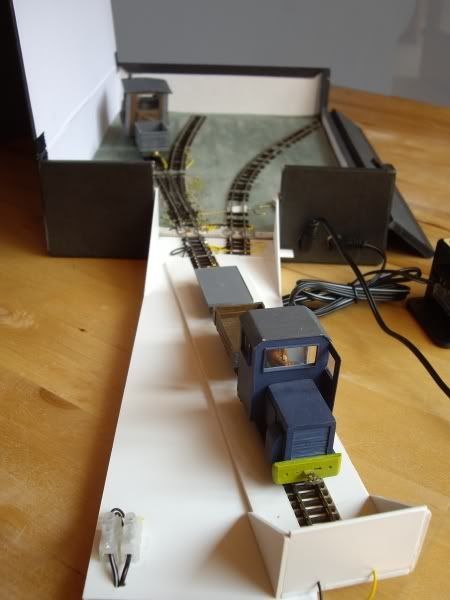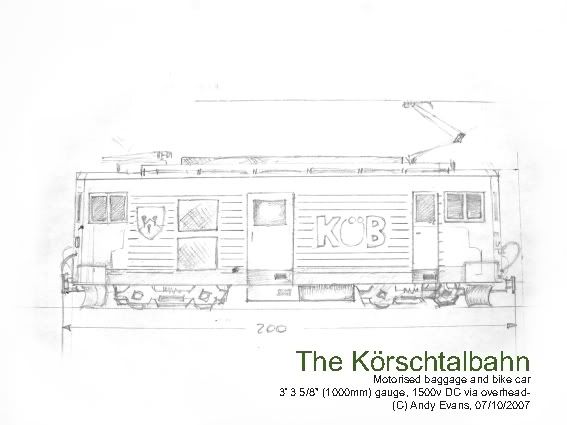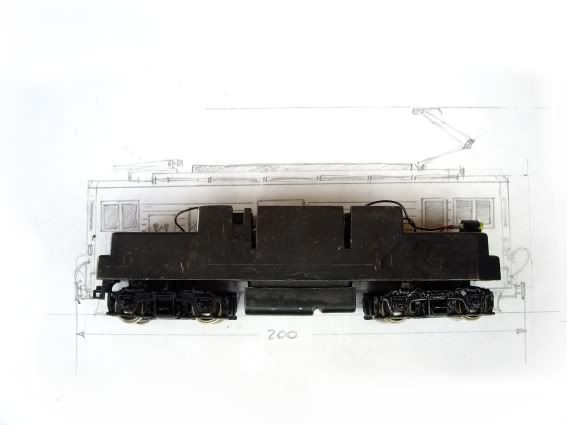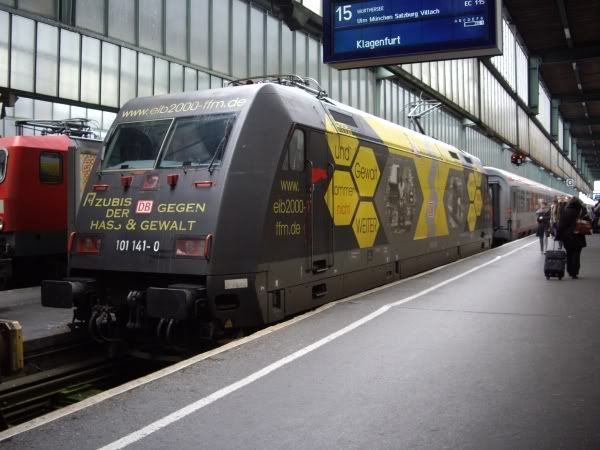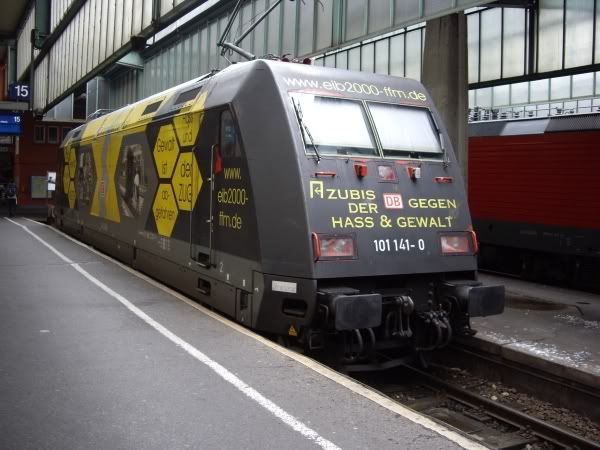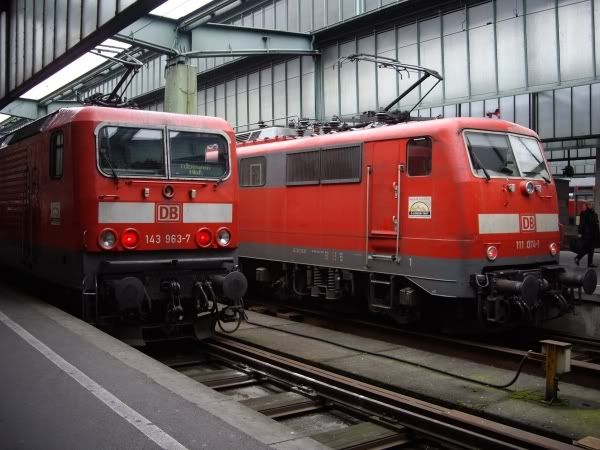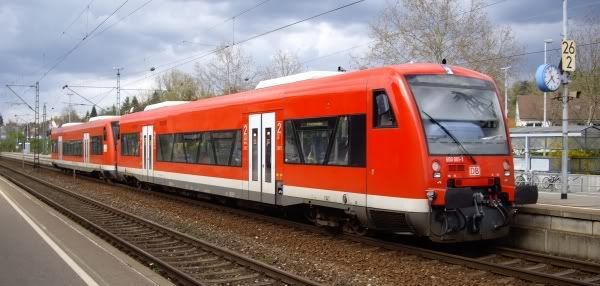
This weekend I had to go and pick someone up from the station in Metzingen, so naturally I went early to take a few pictures. Metzingen is a junction on the railway between Stuttgart and Tübingen: German railways are often rather picturesquely known by the places they run through rather than the places they connect, so this route is called the Neckar-Alb-Bahn, after a river and range of hills.
Most trains are class 143 locomotives hauling double deck stock and this blog already has lots of pictures of these, so I won't bore you with them, but I also got the chance to photograph a these railcars. DB calls them class 650, although the many private railways using them call them Regio-Shuttle's, the name given to them by Stadler, their maker. There is a branch line from Metzingen to Bad Urach (the Ermstalbahn, if you're taking notes) operated is DB ZugBus.
I've wanted to make a narrow gauge version of one of these for ages. RS1's have a fair bit of power and the ones with conventional buffers have been known to haul the odd freight wagon, which I imagine would make them popular with the accountants of the Körschtalbahn- especially as mixed trains are common on other modern narrow gauge lines. I could well see one of those pulling a couple of vans into the hills. The only problem is that they'd be hard to build: I think I could get away with having tinted glass, which would let me put a normal motor inside and avoid making loads of tiny seats, but The question is how I can find a way to make those angled window struts and compound curves on the ends work.
I'm open to ideas. In the meantime Westerooge will hopefully be a lot less gooey and I can post some pictures...

